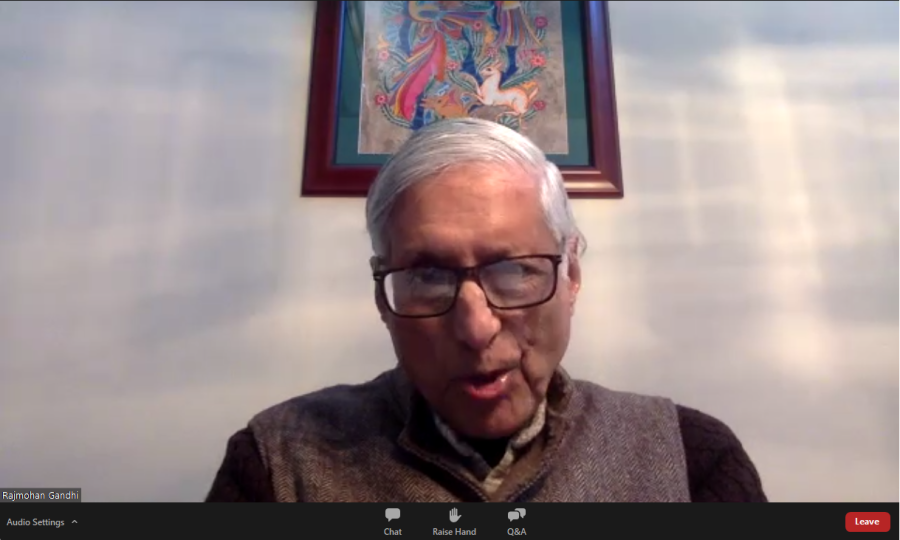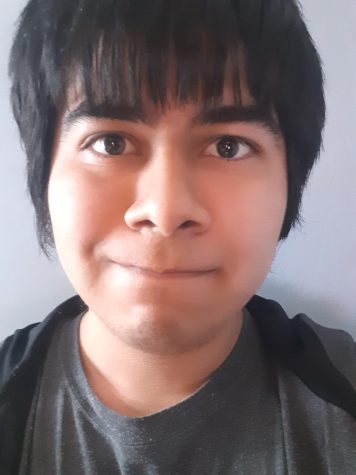The grandson of one Mahatma Gandhi, Professor Rajmohan Gandhi, was invited by the Cerritos College Foundation’s Endowed Jain Scholar Program to speak on the legacy of Mahatma and Martin Luther King Jr. on Jan. 11.
Author of the recent Modern South India: A History from the 17th Century to Our Times and champion for Democratic rights and reconciliation as well, the Foundation is fortunate to have someone for whom nonviolent practice is a lineage join in honor of Martin Luther King Jr. Day.
Also present was Endowed Jain Scholar Lee Anne McIlory, who hoped that this event would raise questions about the philosophies and goals of MLK and Gandhi that are still relevant at both macro- and micro-level.
More specifically, she also said, “One question is how can education reduce some of the barriers and circumstances that contribute to these struggles?”
Joined in addition by at least 100 participants, some even from outside of California, Gandhi set into a lecture that opens in on the importance of hearing King’s speech on nonviolence rather than knowing it had been spoken.
“I think we should also recognize that nonviolence is related to love, to compassion, to thoughtfulness… [Also], nonviolence in Gandhi’s case—in the case of [Martin Luther] King—was related to a nonviolent struggle for justice,” said Gandhi.
He then tied MLK’s speech to Gandhi’s efforts by pointing out that Detective Charlie Jackson, who stood behind Martin Luther King in August 1963, wore a Gandhi cap—a somewhat controversial symbol of peace in India.
The reason for which he wore it was because the organizer for MLK’s speech, Bayard Rustin, had personally visited Gandhi’s youngest son, Devdas, after his assassination in 1948.
Until today, both human rights titans were seen as separated by time, despite being similar in purpose and only 20 years apart.
Gandhi was said to have sought an India where its societal structure was like a circle rather than a pyramid—where each and every person was integral to the nation.
As time has passed by, however, it would seem that new conflicts would arise in the wake of both men’s accomplishments, with the idea that America’s white majority and India’s Hindu majority were threatened by these minorities that spoke out against them.
That flesh and blood could be divided by something as simple as belief was a confusing concept.
Such is what Gandhi points out is a similar phenomena that has occurred in the U.S. as of late.
In fact, present-day India’s ever-weakening democratic system is assailed by powerful political figures who declare that it is Gandhi’s assassin, Nathuram Godse, who should be honored.
To boot, men claiming to be Hindu leaders have called for the genocide of all Indian Muslims, for whom no assurance of government protection has been promised by the current Indian government.
“I think [our] new leader should be ourselves, our consciences… We have heard Gandhi and King long enough [but] that’s only part of the answer. Next step has to be what we will figure out,” said Gandhi.
It is this message that Cerritos students can refer to and attempt to be mindful and see past the veneer of personal belief so that true peace can be accomplished.
















